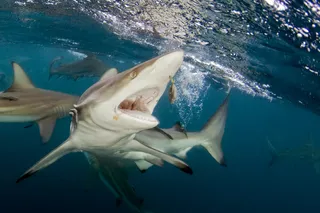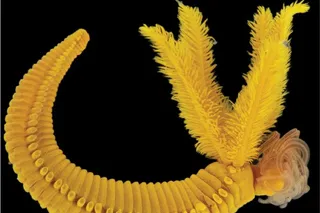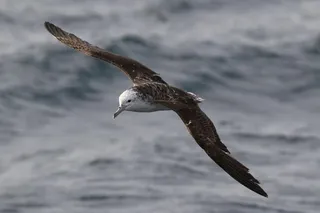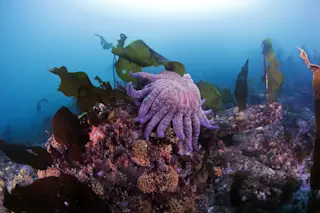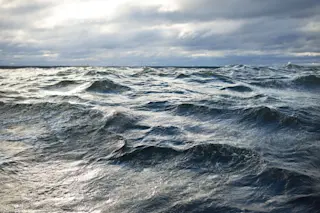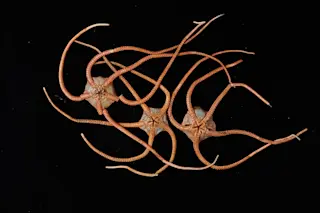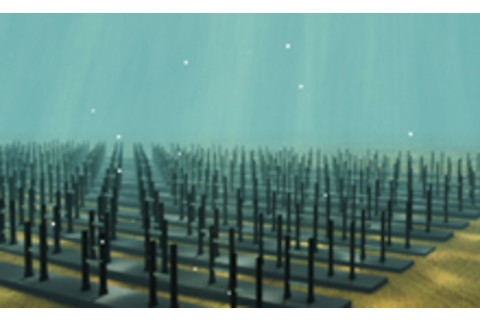
A marine engineer and naval architect has designed a new way of drawing energy out of slow-moving rivers and gentle tides. The researcher says the unobtrusive device, which was inspired by the way fish move through the water, could be set down on riverbeds or suspended in the ocean just about anywhere.
Existing technologies which use water power, relying on the action of waves, tides or faster currents created by dams, are far more limited in where they can be used, and also cause greater obstructions when they are built in rivers or the sea. Turbines and water mills need an average current of five or six knots to operate efficiently, while most of the earth's currents are slower than three knots [Telegraph].
Engineer Michael Bernitsas's device is called VIVACE, which stands for Vortex Induced Vibrations for Aquatic Clean Energy.
How does the technology work? A cylinder-shaped object in the water current causes alternating vortices to form above and below the cylinder. The vortices push and pull the passive cylinder up and down on its springs, creating mechanical energy. Then, the machine converts the mechanical energy into electricity [Greenbang].
Bernitsas explains that fish also create vortices as they swim, and in a large school each fish curves around the vortices left by the fish in front, using the tiny whirlpools to propel themselves forward. Bernitsas says that if a field of cylinders about the size of a running track and the height of a two-story house was positioned in a place with
a flow of just three knots, could generate enough power for around 100,000 homes. Just a few of the cylinders, stacked in a short ladder, could power an anchored ship or a lighthouse [Telegraph].
Bernitsas estimates that a large system could produce energy at a cost of 5.5 cents per kilowatt hour--cheaper than solar and wind power, but not quite as cheap as nuclear energy. He has founded a company called Vortex Hydro Energy to work on commercial applications of the technology, and is currently working on a pilot project in the Detroit River which should be deployed within the next 18 months. A recent study showed that
marine energy from sources such as wave energy and tidal projects could provide 10 percent of the world’s energy needs.... Last year California’s Electric Power Research Institute predicted that ocean-based energy could someday meet as much as 10 percent of the total U.S. demand [Cleantech].
However, such projects have been slow to get off the ground, as few sites have the powerful tides needed to produce cost-efficient energy, and wave power technology is in its infancy. Some environmental groups have also worried about the impact of large turbines on marine animals. This new technology would be easy on aquatic wildlife, Bernitsas says, because its parts move slowly. Related Content: 80beats: First "Wave Farm" Sends Energy to Portugal’s Power GridImage: Omar Jamil




